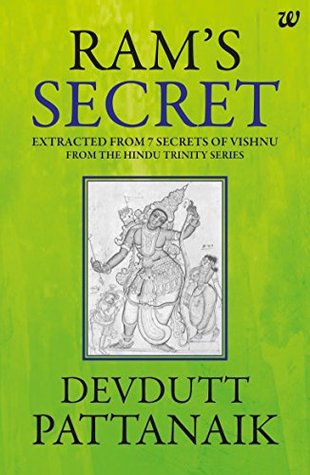More on this book
Community
Kindle Notes & Highlights
Dharma balances nature and culture, between the needs of animals and the needs of humans. The symbol of dharma is the bow, which the gods gave to Prithu. The bow indicates balance — the string cannot be left loose or too taut. Prithu is described as the first responsible king of earth. This is why the earth is called Prithvi.
There are four stages, or Ashramas, of life: Brahmacharya, the student stage;
Grahastha, the householder stage; the Vanaprastha, the retirement stage; and Sanyasa, the hermit stage. Ashrama ensures that not more than two generations utilised the earth’s resources at any one time. When the grandson is born, it is time to retire, eat less food than the householder. And when the great grandson is born, it is time to become a hermit, eat what the forest, not the field, provides.
It has often been commented that the order of Vishnu’s descents follows the evolution of man: the aquatic Matsya, then the amphibian Kurma, then the terrestrial Varaha, followed by the half-human Narasimha and finally the human Vaman.
The human avatars, in turn, follow the varna system: Parashurama is a Brahmana who behaves as a Kshatriya, Ram is a Kshatriya by birth and action, Krishna is a Kshatriya by birth but functions as a Vaishya (cowherd) and Shudra (charioteer). They also follow the ashrama-system: Parashurama is a Brahmachari, Ram and Krishna are Grihastis, Buddha becomes a Vanaprasthi and finally, Sanyasi.
Just as a human life has four phases: childhood, youth, maturity and old age, every organisation or system goes through four phases: Krita, Treta, Dvapara and Kali. It is said that the bull of dharma
stands on four legs in the Krita yuga, on three legs in Treta yuga, two in Dvapara yuga and one in Kali yuga. After this, the bull of dharma and the society it upholds is washed away by the waters of Pralaya. This is death of the world, followed by rebirth. In the new life, the four yugas will follow each other once again. This is the kala-chakra, or the circle of time.
An avatar does not restore the ideal dharma, because there is no ideal dharma. An avatar redefines dharma for a particular age. Dharma of Krita yuga is not the dharma of Treta yuga; times are different, needs are different, hence the code of civilisation is different.
When law and tradition fail to uphold the principle of dharma, they need to be abandoned or changed. This thought is elaborated in the story of Krishna.


